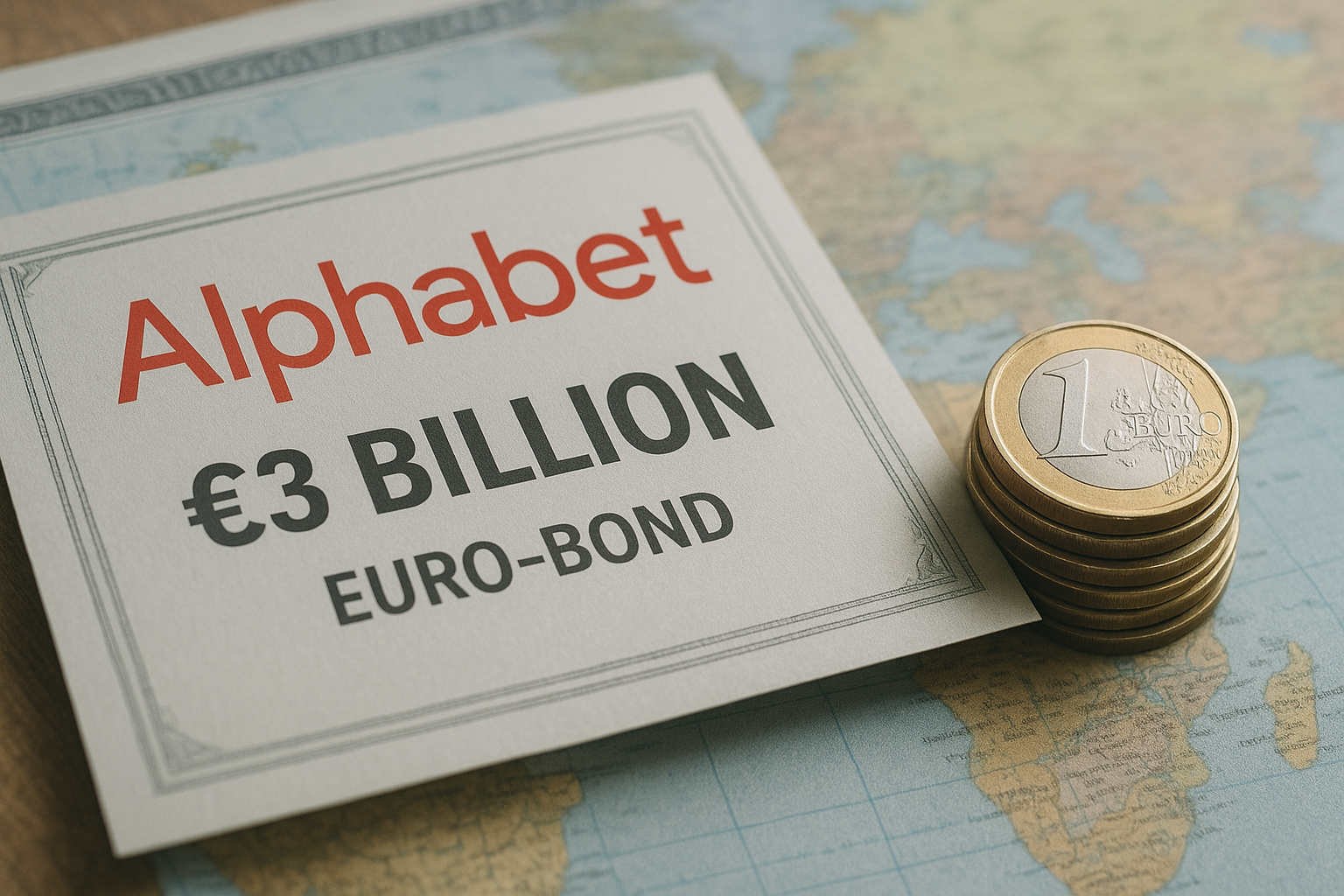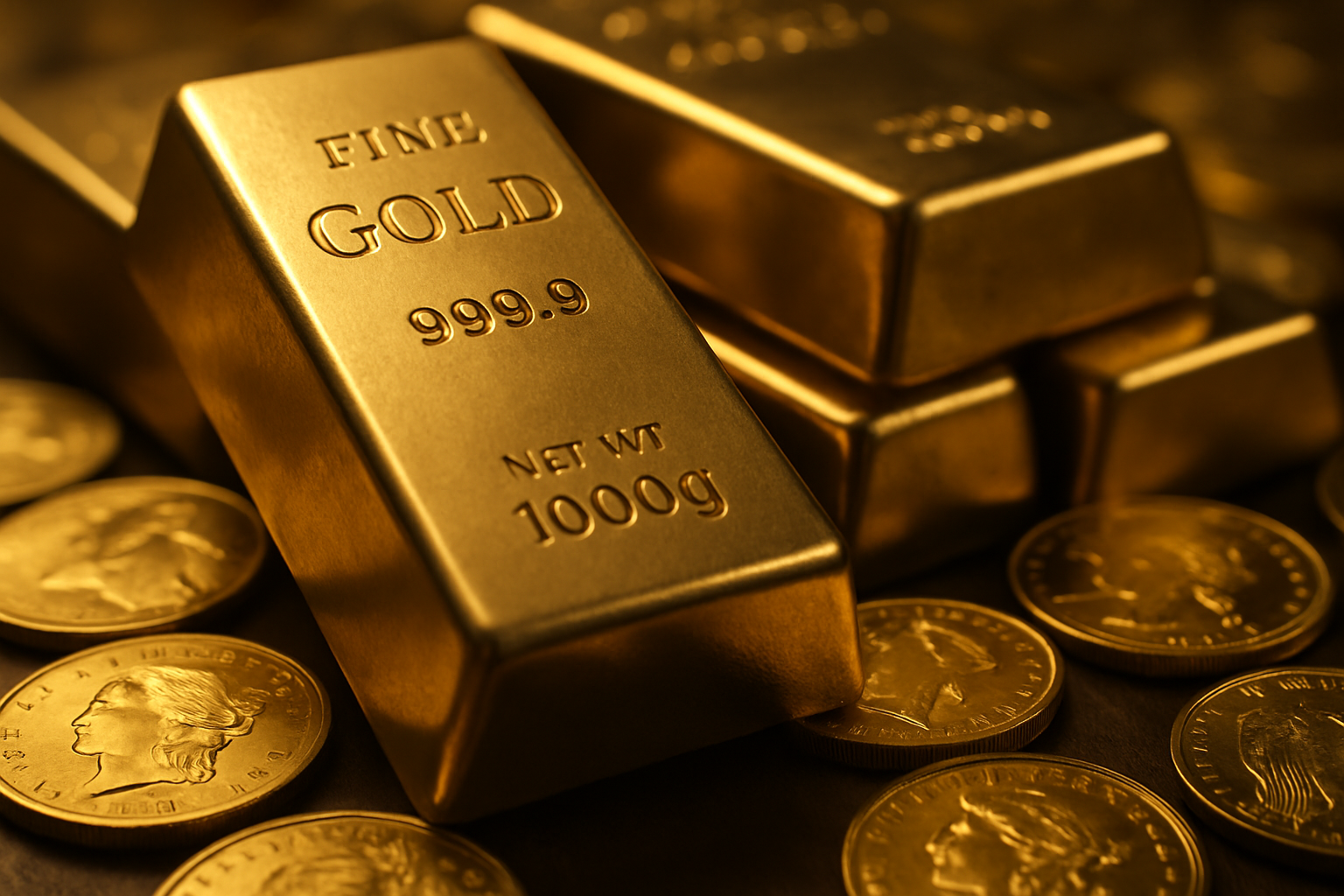A Shifting Global Landscape for Metals and Mining
The global mining and metals sector is entering a period of heightened uncertainty as geopolitical tensions redefine supply chains and pricing dynamics. Investors are closely watching unfolding events as the sector faces new risks and opportunities in 2025. Ongoing trade disputes, resource nationalization, and shifting alliances among major economies are poised to impact the availability and cost of critical minerals—key components in everything from electric vehicles to defense technologies.
Control Risks, a leading global risk consultancy, has highlighted geopolitical turbulence as the dominant force shaping the mining and metals industry this year. With supply chain vulnerabilities exposed and nations striving for mineral independence, investors must stay ahead of emerging risks to navigate market volatility effectively.
Why This Matters for Investors
1. Supply Chain Disruptions and Nationalization Threats
Countries with rich mineral deposits, such as Indonesia, Chile, and the Democratic Republic of the Congo, are reassessing their resource policies. Governments are imposing stricter regulations, export bans, and higher taxation on foreign mining operations to secure domestic benefits. For instance, Indonesia’s ban on nickel ore exports has already impacted global supply, forcing manufacturers to seek alternative sources or build refining capacity within the country.
Meanwhile, China—the dominant player in rare earth metals—continues to leverage its control over these critical resources amid ongoing trade disputes with the U.S. This strategic positioning has investors concerned about potential price surges and supply bottlenecks in the tech and energy sectors.
2. U.S. and EU Race to Secure Critical Minerals
The Biden administration and European Union policymakers are ramping up efforts to secure critical minerals domestically and through allied nations. The U.S. Inflation Reduction Act incentivizes domestic mining and processing, reducing reliance on adversarial nations. Similarly, the EU’s Critical Raw Materials Act aims to bolster strategic stockpiles and establish secure supply chains.
Mining companies with operations in politically stable regions such as Canada and Australia are likely to see increased investor interest, as Western governments push for mineral independence. Lithium, cobalt, and graphite—essential for battery production—are in particularly high demand.
3. Investment Trends: Winners and Losers
- Winners: Companies focused on domestic production, recycling, and alternative materials are well-positioned. U.S. and Australian lithium miners, such as Albemarle (NYSE: ALB) and Pilbara Minerals (ASX: PLS), are expected to benefit from increased government support. Meanwhile, firms specializing in rare earth separation outside of China, such as MP Materials (NYSE: MP), stand to gain from supply chain diversification efforts.
- Losers: Mining firms with heavy exposure to politically unstable regions face higher risks. Investors should be wary of companies reliant on regions prone to nationalization efforts or abrupt regulatory shifts.
Future Trends to Watch
- Emerging Markets as New Hubs – Africa, particularly countries like Namibia and Tanzania, is becoming a focal point for critical mineral investment as Western nations seek alternatives to China. Watch for new partnerships and infrastructure developments in these regions.
- Technological Innovation in Mining – Automation, AI, and greener extraction methods are transforming the sector. Companies adopting these technologies could see long-term cost reductions and regulatory advantages.
- Decarbonization Pressure – Mining firms are under growing pressure to cut emissions. Those investing in low-carbon solutions will likely gain favor among ESG-focused investors.
Key Investment Insight
With geopolitical tensions reshaping the global mining landscape, investors should diversify their exposure to politically stable jurisdictions while staying informed on shifting trade policies. Companies with strong ESG compliance, technological innovation, and secure supply chains will likely outperform amid these evolving dynamics.
For more timely insights into the latest market developments, stay updated with MoneyNews.Today—your go-to source for investor news and analysis.





